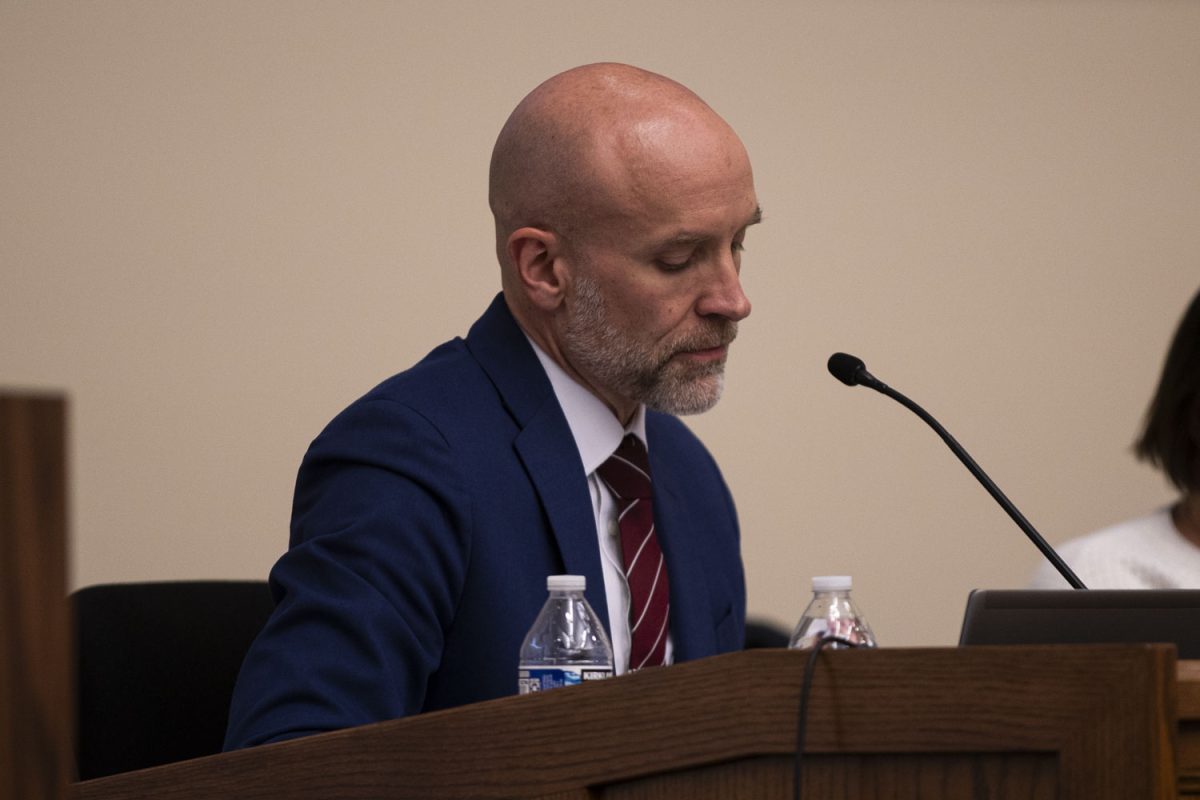Porky the Pig enthusiasts need not worry.
Experts are assuring the public that pork is still not unsafe to eat after the U.S. Department of Agriculture, with the help of UI researchers, confirmed on Monday the first case of H1N1 influenza in an American-raised pig.
“We’re saying the same thing we’ve been saying since H1N1 first surfaced in April,” said Ron Birkenholz, the communications director for Iowa Pork Producers Association. “You can’t get it from eating pork. Pork is entirely safe to eat.”
The announcement comes roughly two years after researchers at the UI and the University of Minnesota began a pilot study looking at the transmission of diseases between pigs and humans at “swine shows.”
This fall, the researchers collected swab samples from the nostrils of pigs at the Minnesota State Fair, located just outside St. Paul. The fair annually hosts swine shows, where the state exhibits its prized hogs.
“It’s a premier example,” said Greg Gray, the UI epidemiology professor in charge of the research. “We had known that there had been a number of outbreaks in people associated with swine shows.”
After researchers collected the swab samples, they sent them to be assessed at the UI, where they discovered some of the pigs tested may have been infected with H1N1.
The UI researchers then sent their results to veterinary laboratories at the University of Minnesota in a blind fashion, not informing the Minnesota researchers of their results.
The laboratory in Minnesota confirmed the UI’s results and sent the swabs back to Iowa for further testing at the U.S. Department of Agriculture’s National Veterinary Services Laboratories in Ames.
Laboratory officials and U.S. Agriculture Secretary Tom Vilsack announced the presence of the H1N1 influenza virus in one of the samples on Monday, confirming the researchers’ suspicion.
Vilsack immediately responded to the discovery to remind the public and business partners American swine are still safe to eat.
“We have fully engaged our trading partners to remind them that several international organizations . . . have advised that there is no scientific basis to restrict trade in pork and pork products,” he said in a press release.
Gray said he and his partners will continue research into the relationship between swine and human diseases.
“We know the virus is widespread in the human population,” he said. “How widespread will it be in pigs? I don’t know.”
He iterated that the pigs aren’t sick or dangerous to people, noting locations around the world, such as Australia, Latin America, and Canada, have already seen cases of swine H1N1 with no concerns about pork products.
Experts said the American case comes at no real surprise. They’ve known for some time it was possible for such diseases to move back and forth between humans and pigs.
The research will now focus on how the disease has been transmitted from human to swine and vice versa.
More than 67,000 pork producers operate in the United States today, according to the National Pork Producers Council. Nearly 21 billion pounds of pork were processed from about 105 million hogs in 2007.
Iowa’s 1st Congressional District is the sixth largest hog-producing region in the United States.
“People don’t have to stop eating pork,” he said. “I’m certainly not.”






